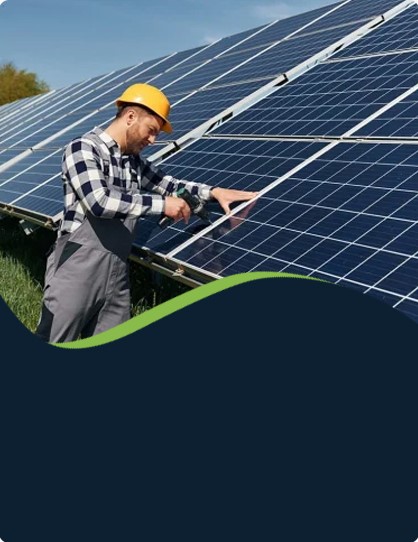
-
[email protected]

-
Building 1, No. 21 Shengfa Road, Lucheng District, Wenzhou, Zhejiang, China


The renewable energy revolution continues to accelerate as solar panels become increasingly efficient and affordable, reshaping how communities worldwide generate electricity. These photovoltaic systems have evolved from niche technology to mainstream power solutions, appearing on residential rooftops, commercial buildings, and utility-scale solar farms. The widespread adoption of solar panels reflects growing environmental awareness and economic practicality in energy production.
Modern solar panels incorporate advanced materials and engineering that significantly outperform earlier generations in both energy conversion and durability. Current photovoltaic cells achieve higher efficiency rates through innovative designs like PERC (Passivated Emitter and Rear Cell) technology and bifacial configurations that capture sunlight on both surfaces. Many contemporary solar panel installations maintain over 90% of their original output after twenty-five years of operation, demonstrating remarkable longevity that enhances their economic value.
Residential energy consumers are embracing rooftop solar panel systems as practical investments that reduce electricity bills while lowering carbon footprints. Homeowners appreciate how modern installations blend aesthetically with various architectural styles, moving beyond the bulky appearances of early solar arrays. Integrated solar panel systems now incorporate sleek, all-black designs that complement residential rooftops while maintaining high energy production capabilities.
Utility companies are increasingly incorporating large-scale solar panel farms into their energy portfolios to meet renewable mandates and consumer demand. These expansive installations benefit from improved panel efficiency and tracking systems that follow the sun's path across the sky. Many utility-grade solar panel projects now include energy storage solutions that address intermittency concerns, providing more consistent renewable energy availability.
The commercial sector has recognized the financial benefits of solar panel installations on warehouses, retail spaces, and office buildings. Businesses leverage solar energy to stabilize operational costs while demonstrating environmental responsibility to customers. Innovative solar panel applications include carport installations that shade parking areas while generating electricity, effectively doubling land use efficiency for commercial properties.
Technological advancements continue pushing the boundaries of solar panel capabilities. Emerging perovskite solar cells promise higher efficiency rates and lower production costs compared to traditional silicon-based panels. Some experimental solar panel designs now incorporate transparent or flexible configurations that could enable integration into windows, vehicles, and portable devices. While these innovations remain in development, they suggest exciting possibilities for future solar applications.
Manufacturing improvements have significantly reduced the carbon footprint of solar panel production while increasing output quality. Automated production lines and refined silicon purification processes yield more panels with fewer material inputs. Many solar panel manufacturers now implement recycling programs for end-of-life products, recovering valuable materials like silver, silicon, and glass for reuse in new panels.
Agricultural operations are implementing solar panel systems in creative configurations that benefit both energy production and farming. Agrivoltaic installations position panels at heights that allow crops to grow underneath, providing shade that reduces water evaporation while generating clean electricity. Livestock farmers utilize solar panel arrays to power electric fences and water pumps in remote pastures. These dual-purpose applications demonstrate solar technology's versatility.
As climate change concerns intensify and energy security becomes prioritized, solar panels are positioned to play an increasingly central role in global energy systems. Their ability to generate clean electricity at competitive prices makes them fundamental to decarbonization strategies worldwide. From urban rooftops to rural power projects, solar panel technology continues illuminating the path toward sustainable energy futures while powering homes, businesses, and communities with renewable sunlight.
Your email address will not be published. Required field are marked*
